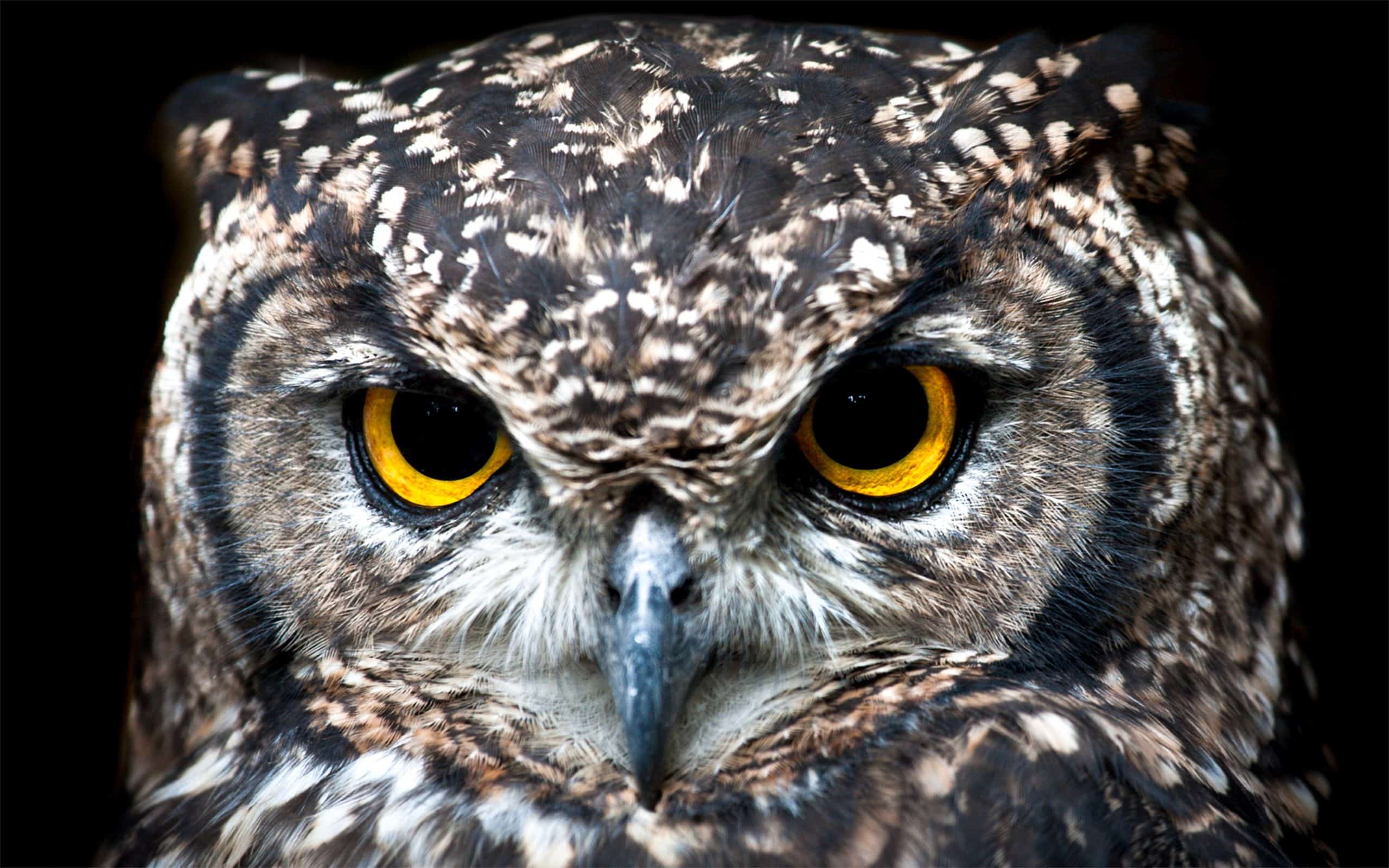“When the owl sings, the night is silent. “―
The owl’s haunting calls echoing through the dark can give us chills. Owls are also symbols of wisdom, making them popular characters in ancient myths and modern stories.
*****************
A wonderful nonfiction book about Great Horned Owls
WHOO- KU HAIKU: A GREAT HORNED OWL STORY
Written by Maria Gianferrari
Illustrated by Jonathan Voss
High in a pine tree, a pair of great horned owls claim a nest in hopes of raising their brood. They lose one egg before it hatches, but two survive and the owlet chicks grow gradually stronger as their parents fend off various predators. The author tells her story in haiku, introducing children to this easy-to-understand poetic form.
New York Times – “Gianferrari tells this avian story wholly in haiku, introducing children to an easy-to-grasp poetic form, against the appropriately moody naturalistic wash of Voss’s stunning pictures, in sepia ink and watercolor.”
***************
INTERESTING FACTS …….
THE NIGHT HUNTER
An owl has all the “tools” it needs for successful hunting in the dark. Special soft feathers allow it to fly with silent wings. The big eyes see in the poor light and the keen ears pick up faint sounds of a small animal scurrying in the leaves. When an owl pounces, its powerful feet and sharp talons capture the prey.
 OWL PELLETS
OWL PELLETS
Once an owl catches its prey, it either swallows the animal whole or uses its sharp hooked beak to rip it apart. The animal’s flesh is digested in the owl’s stomach, but it can’t digest the fur and bones. These leftovers are squeezed into a neat little package called a pellet that the owl coughs up. Owl pellets look like round or oval balls of fur, with white bones sticking out. You can find them under an owl’s roosting spot or nest. We have found owl pellets under an old tree out back. If your family would like to dissect one, I recommend ordering sterilized barn owl pellets.

HOW DO OWLS COMMUNICATE?
Great horned owls communicate with each other by hooting. Hooting establishes their territories and also is used to find mates. When hooting to mark their territory, they sound like, “hoo-hoo hoooo hoo-hoo.” This sound can be heard from miles away. When they are attacking prey, they screech loudly.
*****************
ADDITIONAL RESOURCES
***************

Poetry from “WHOO-KU HAIKU”
A great horned owl pair
Finds squirrel’s nest of oak leaves
Perched high in a pine.
**********
Papa adds birch bark
Nest blanketed with feathers
Snow sleeps on the ground.
**********
Now two owlets rest
Dandelion tufts of down
Mama’s chest is best
***************
Writing Haiku
A traditional Japanese haiku generally focus on nature and does not rhyme.
The entire poem consists of just three lines, with 17 syllables in total.
- The entire poem consists of just three lines, with 17 syllables in total.
- The first line is 5 syllables.
- The second line is 7 syllables.
- The third line is 5 syllables
Enjoy creating a Haiku poem or two with your family. I suggest first writing one together to get the feel of it. IF your child has trouble determining number of syllables…clap as you say the word Hai-ku. Have them clap with you and count. Read a Haiku while clapping the syllables.
*****************
And finally…….. some simply charming illustrations to inspire your young artists.



